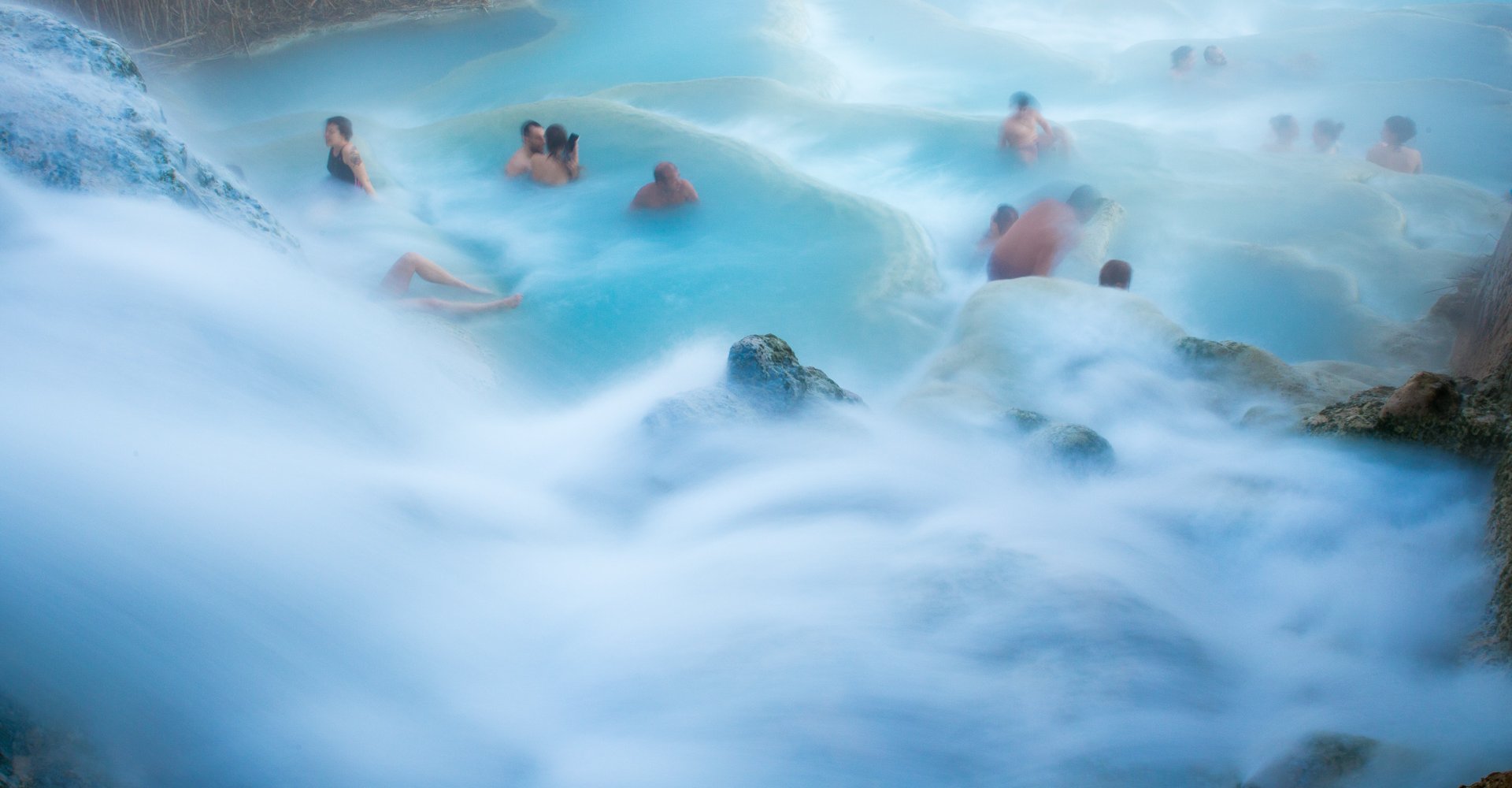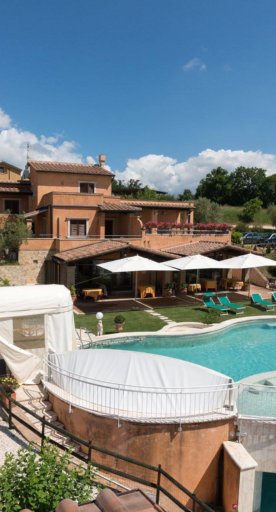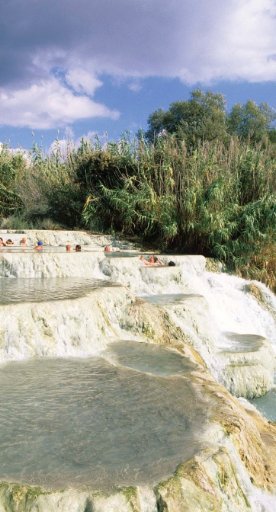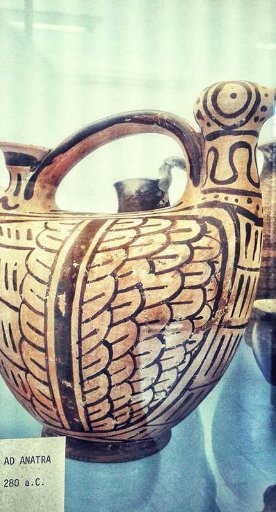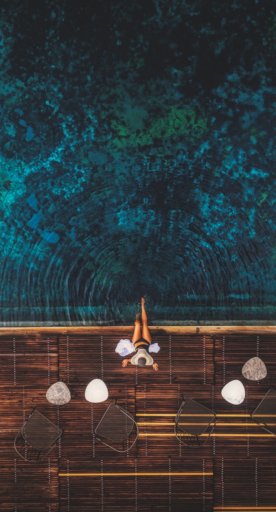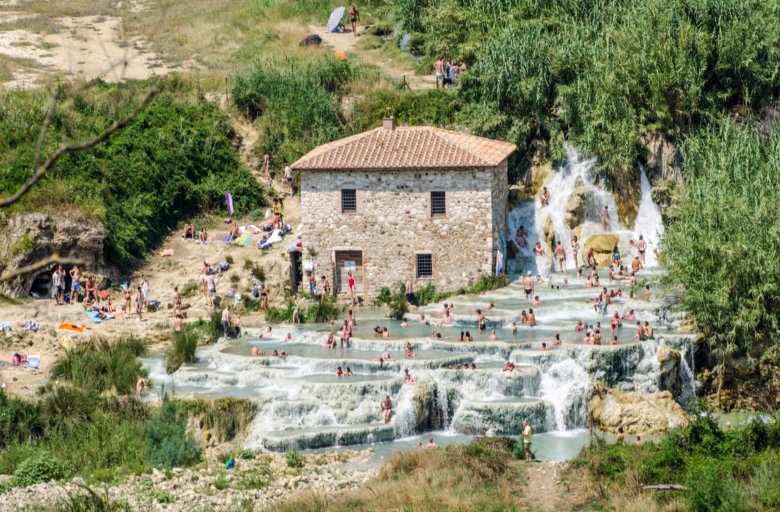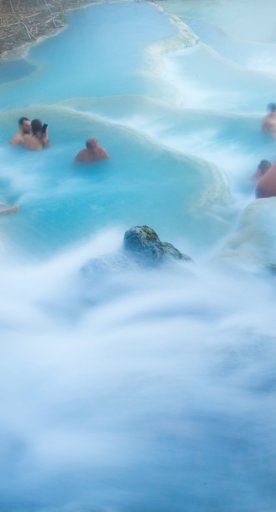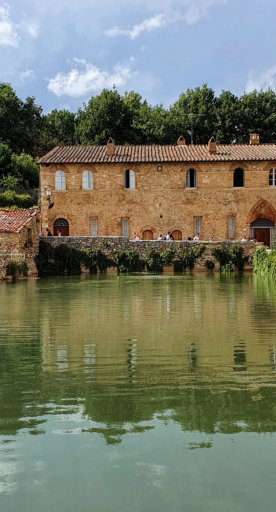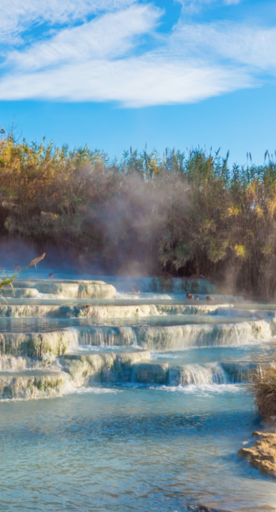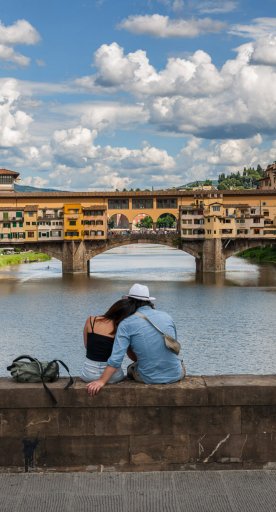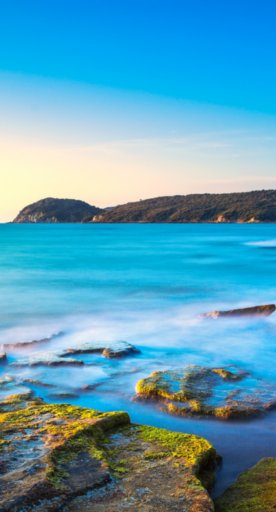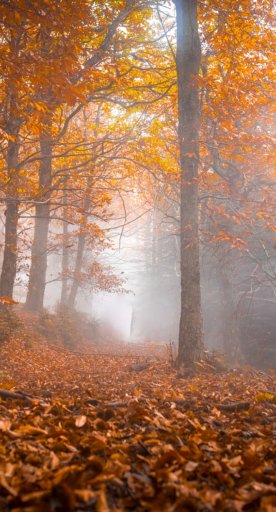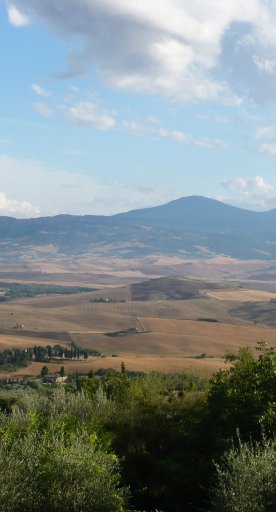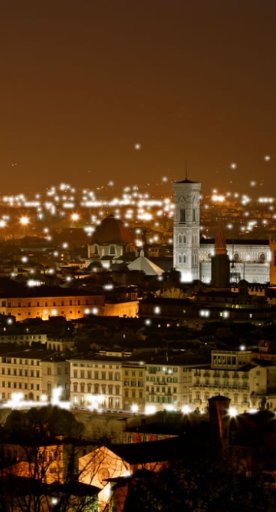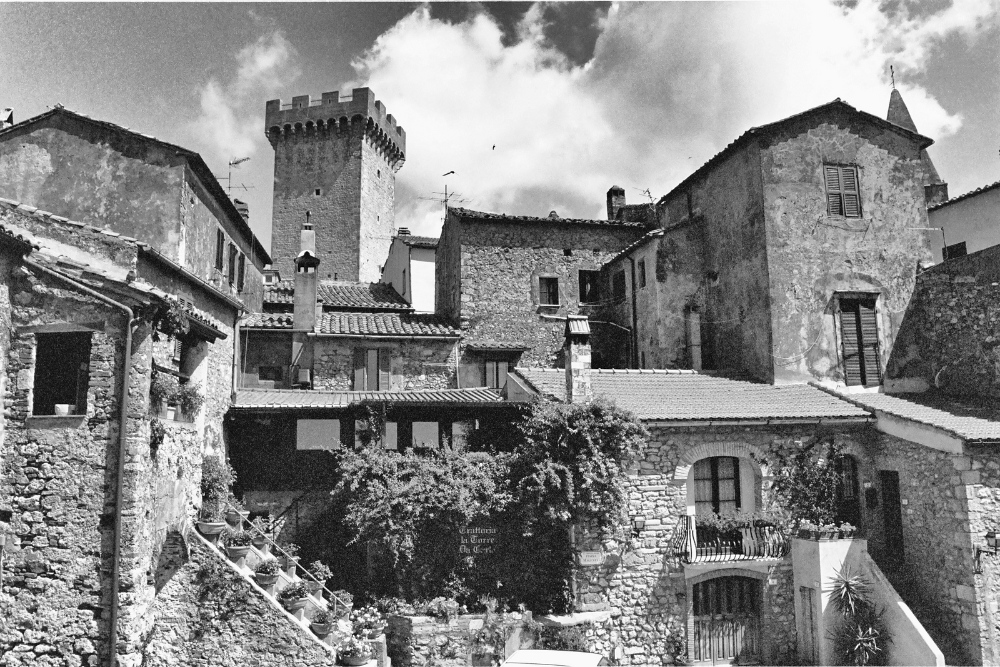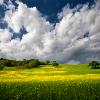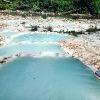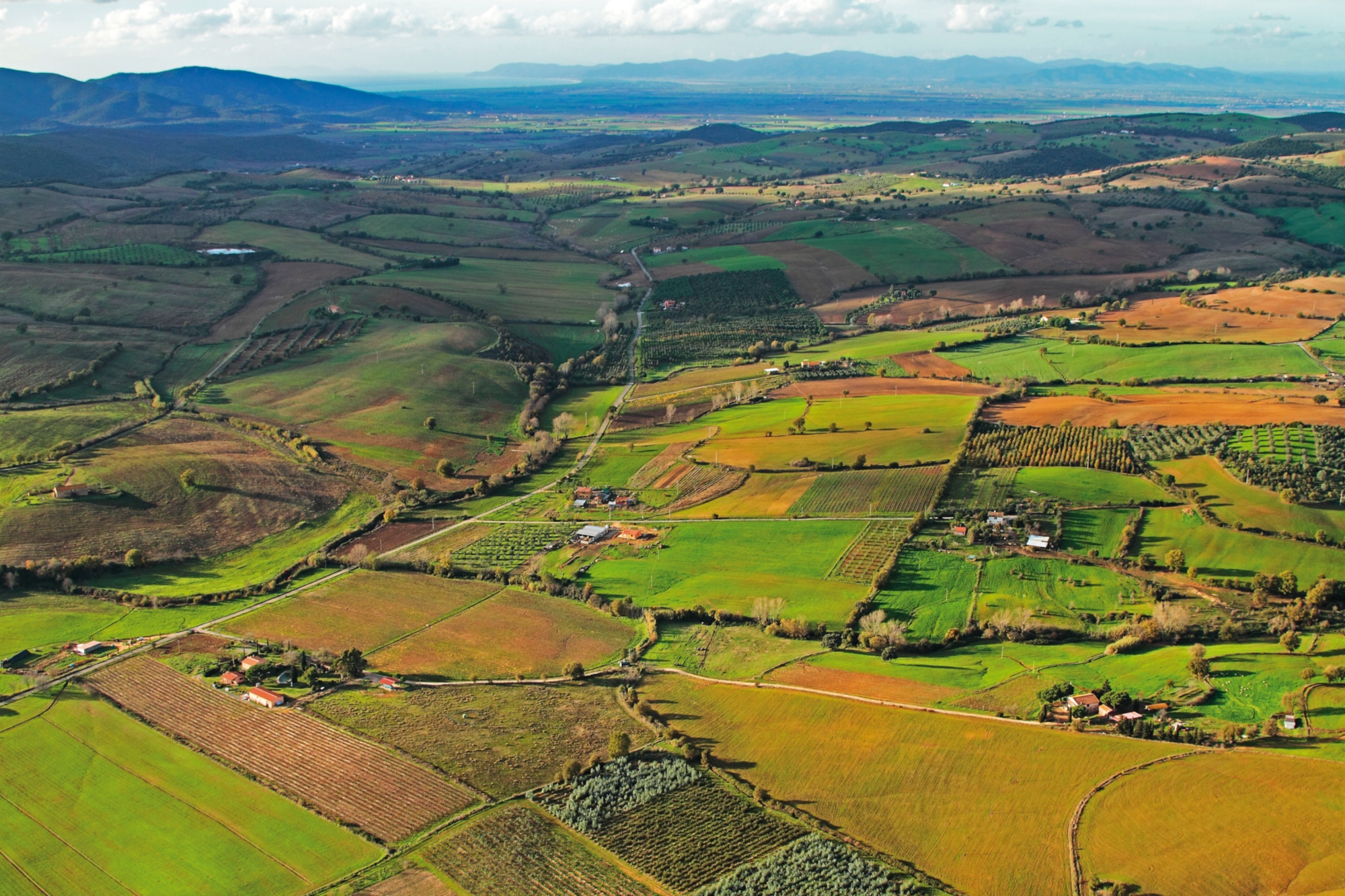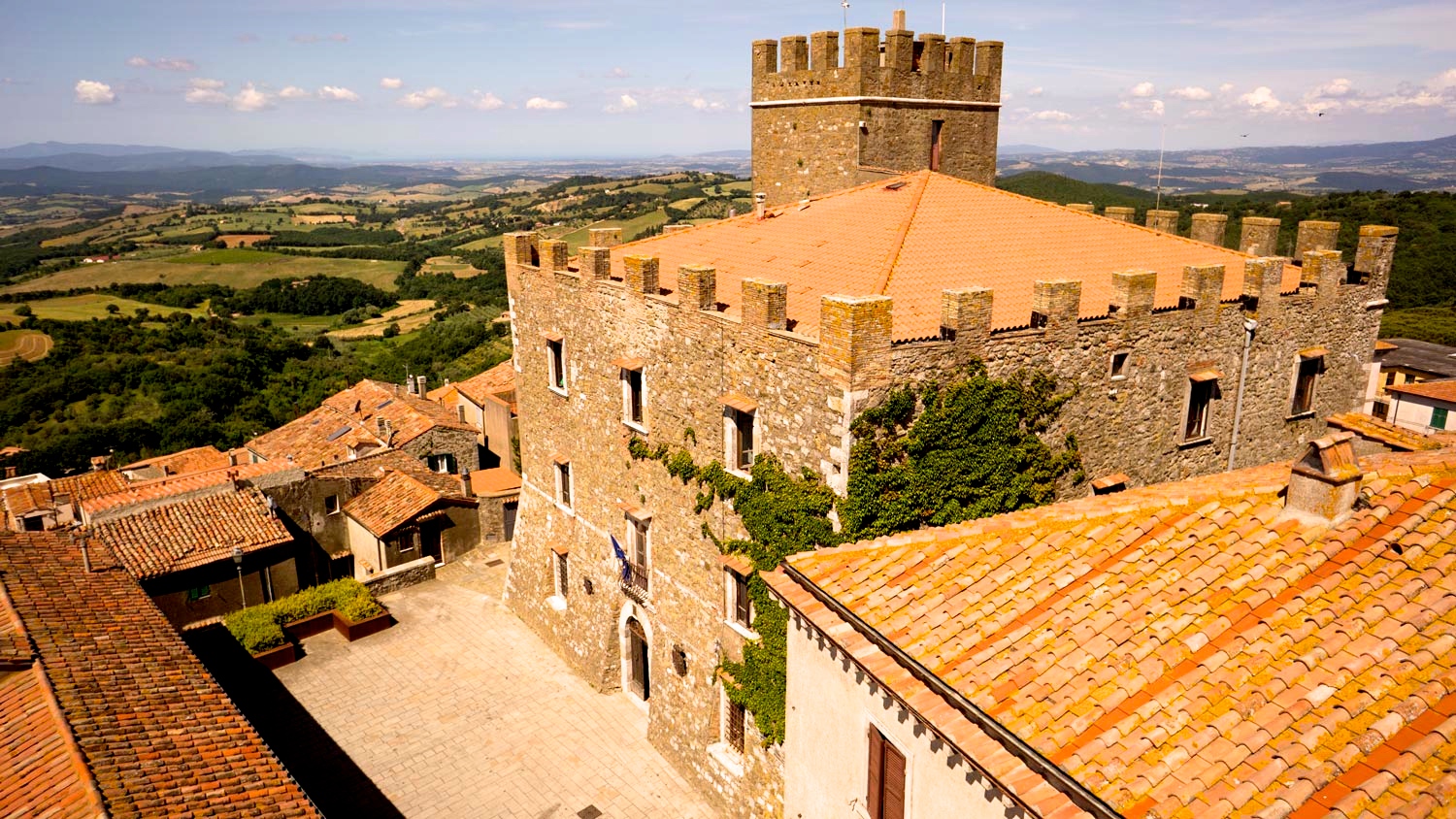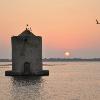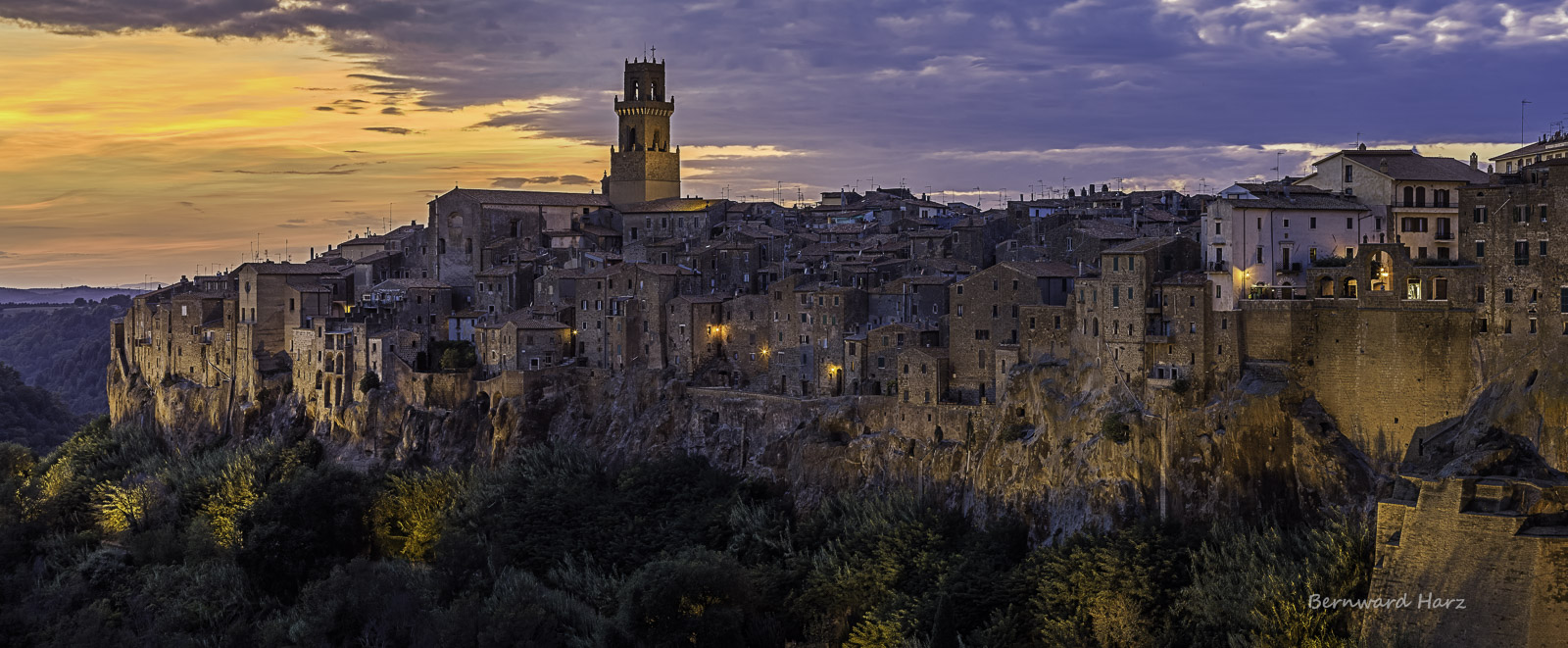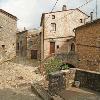The legend goes that Saturn, out of anger with a mankind that was constantly at war with itself, took a thunderbolt and flung it to earth. Thus he created a volcanic crater that gushed forth not lava but hot, sulphurous water. From this welcoming fold men emerged happier and wiser.
The scene of that legend is right in the heart of the Tuscan Maremma, at Saturnia, where 800 litres of water surface every second, at a temperature of 37°C, drawing visitors from all over the world with its curious, sulphurous smells.
Saturnia, supposedly the oldest town in Italy, has a long and tangled history. The area has been inhabited since the time of the Etruscans, who called it Aurinia; it was the Romans were later renamed it Saturnia. During the medieval period it weathered numerous assaults from Orvieto and Siena, and the fortifications that the local feudal lords had built eventually proved powerless to prevent this part of the Maremma from being conquered. The marshes that the Etruscans and the Romans had so tirelessly drained seeped back in again. Only in 1828 did Duke Leopold II reinvigorate the land reclamation programme, and Saturnia started to welcome back a local population.

